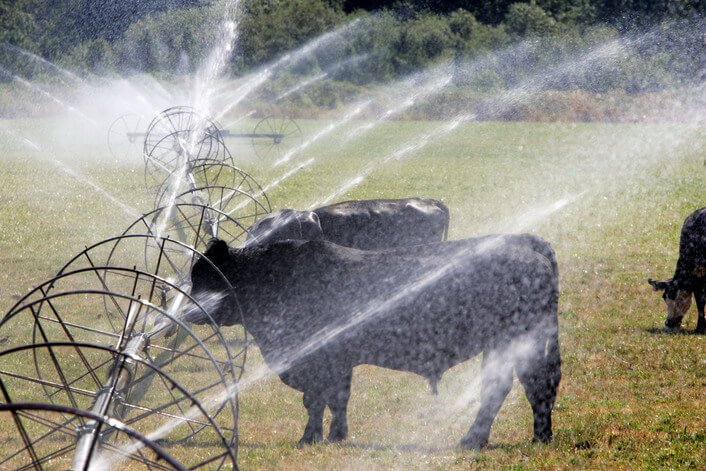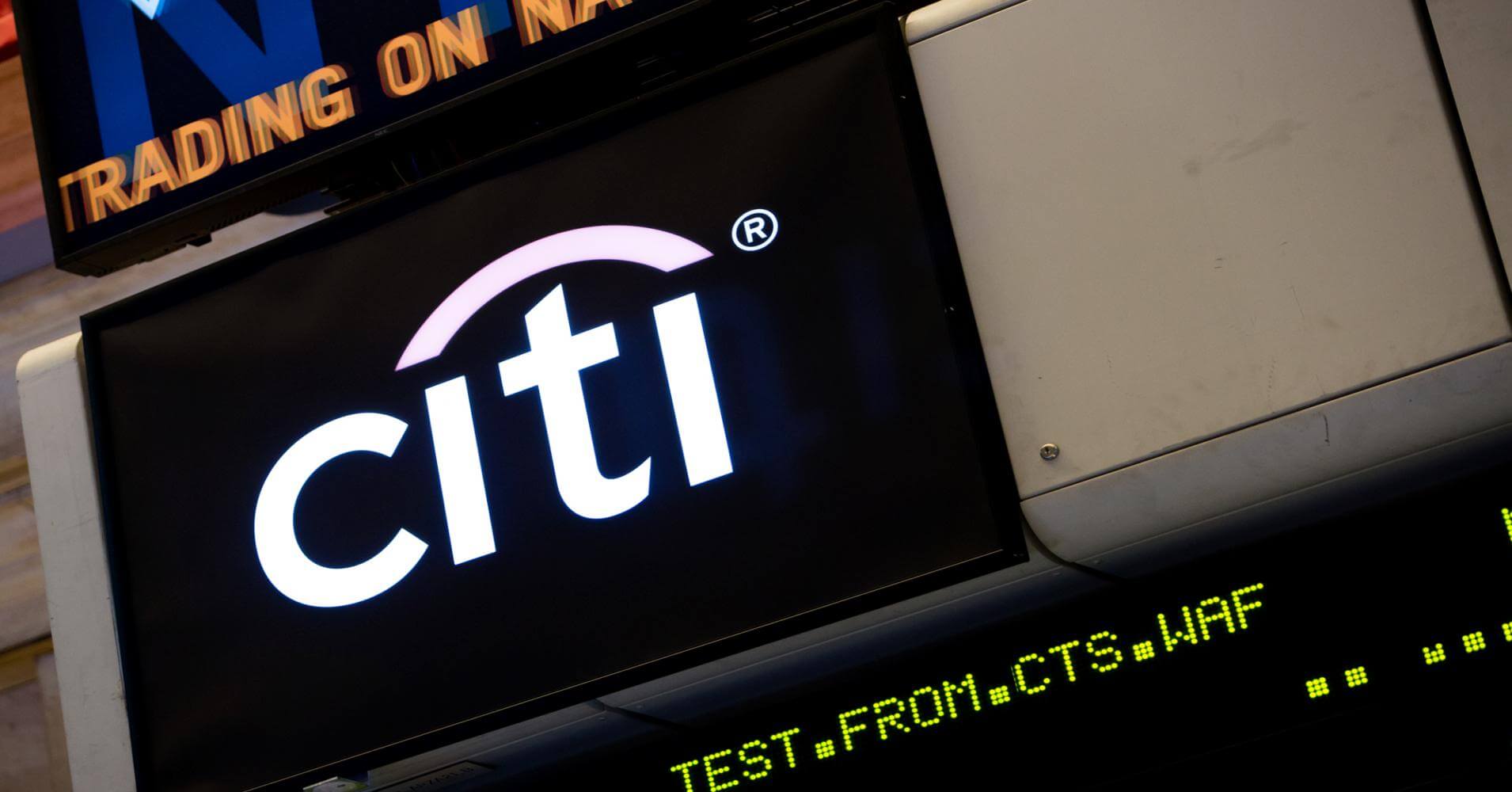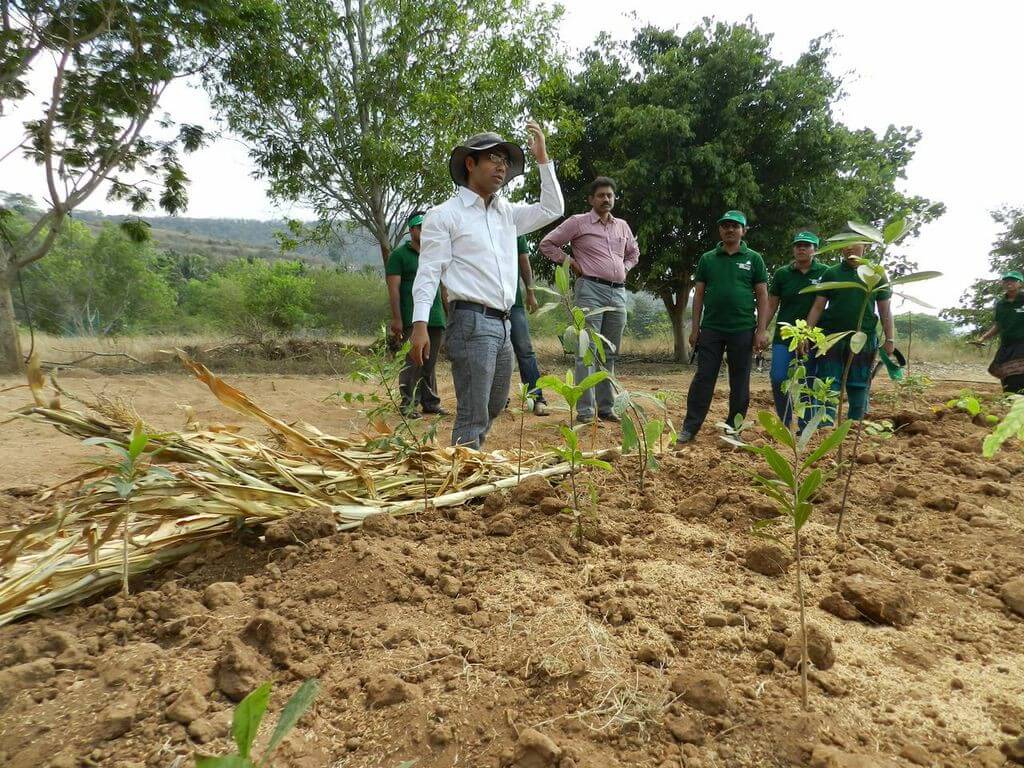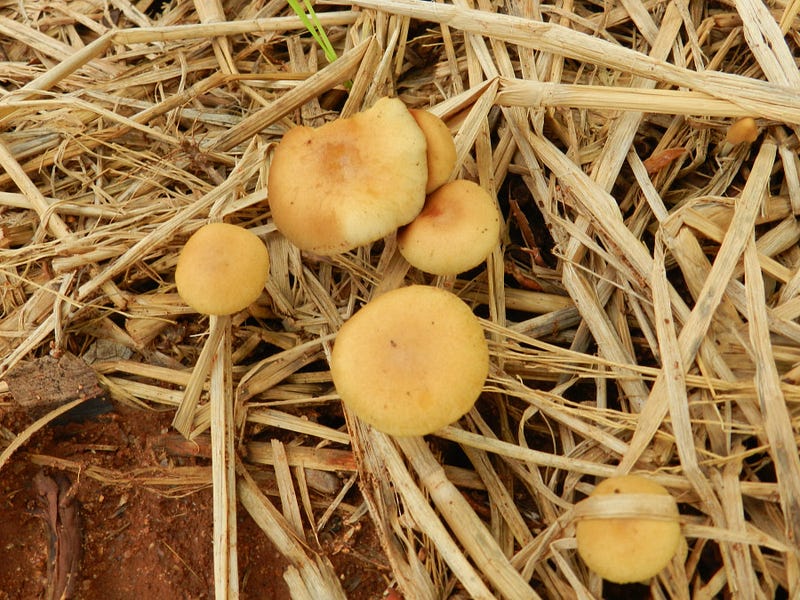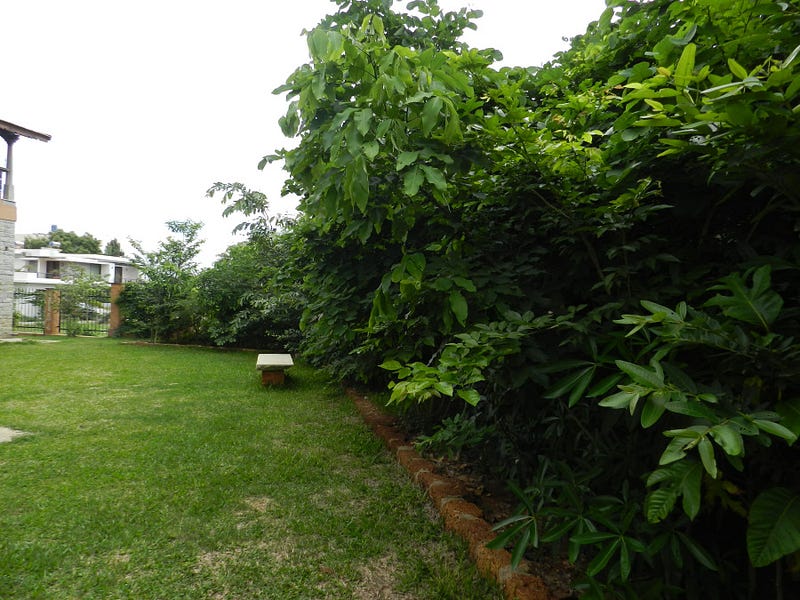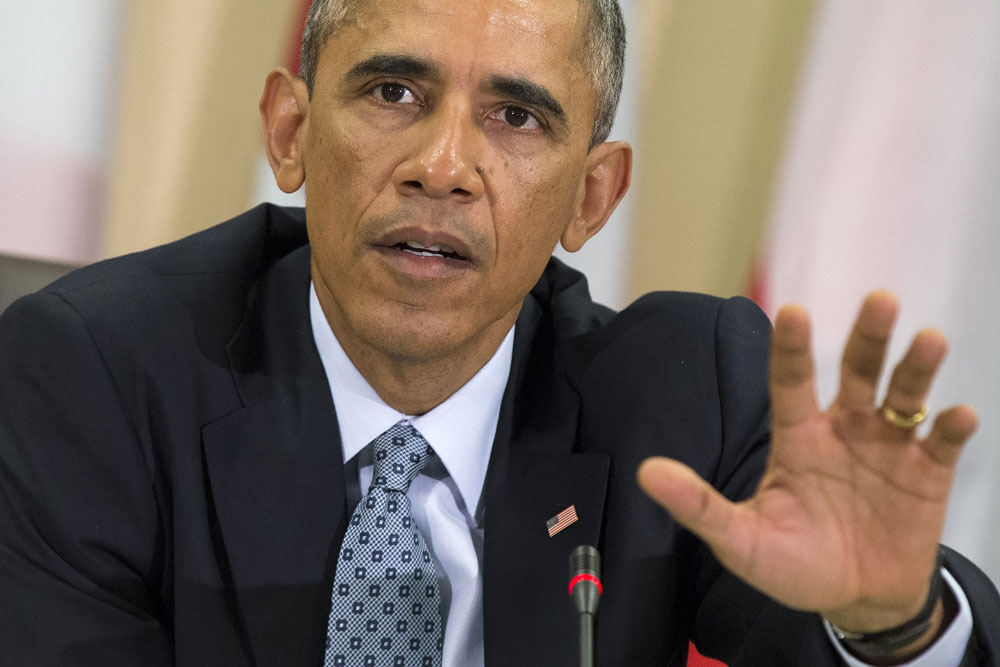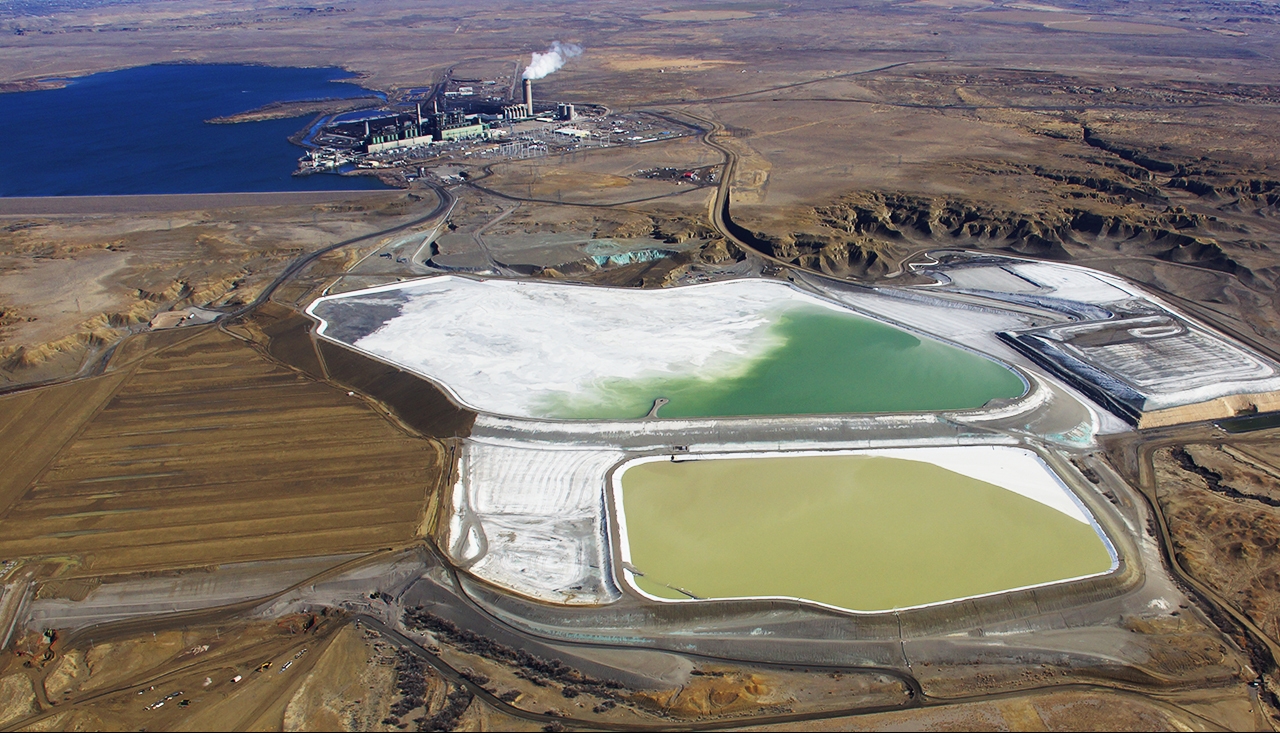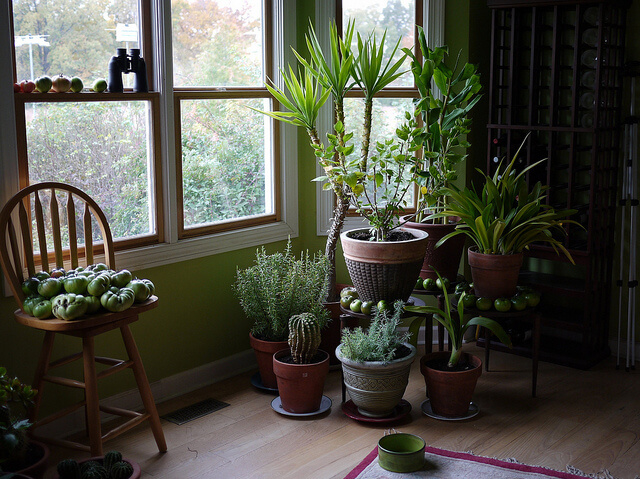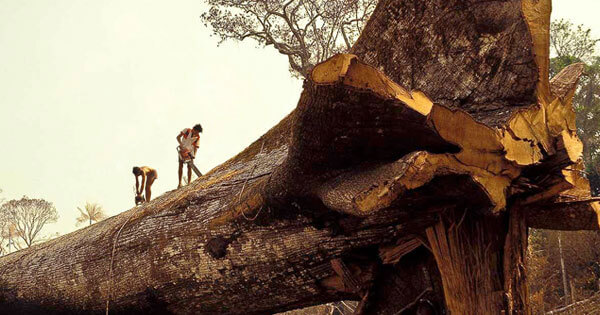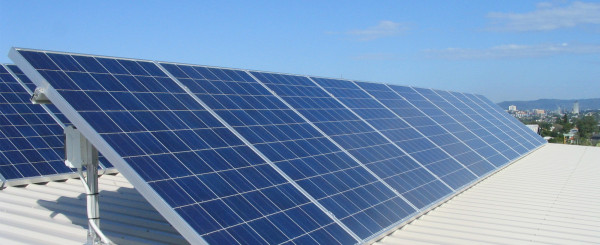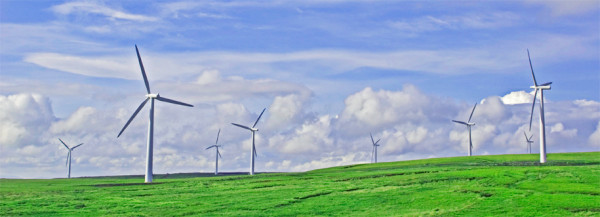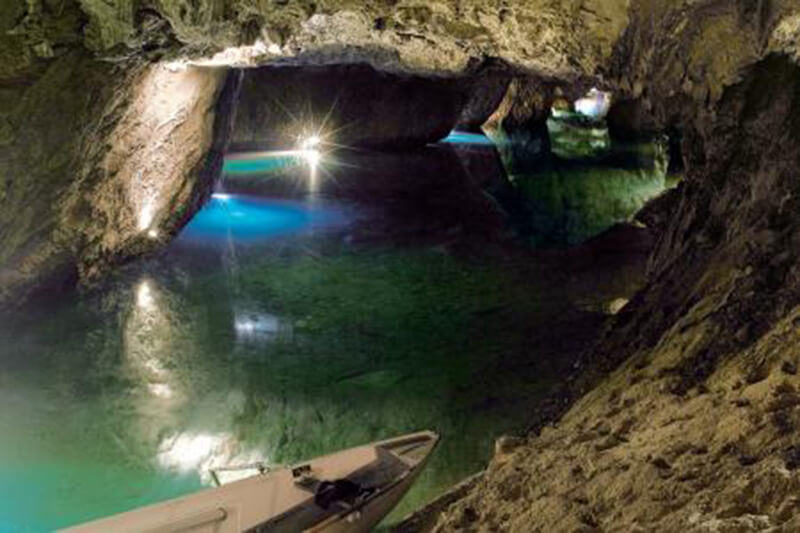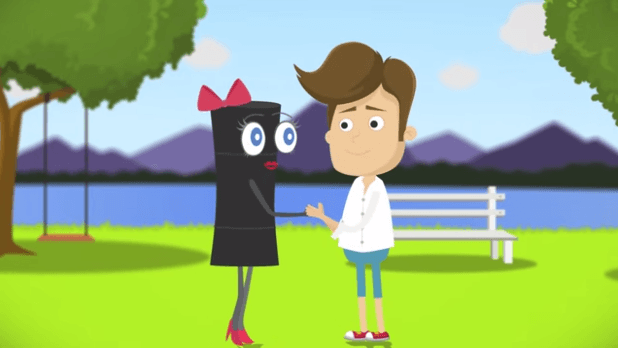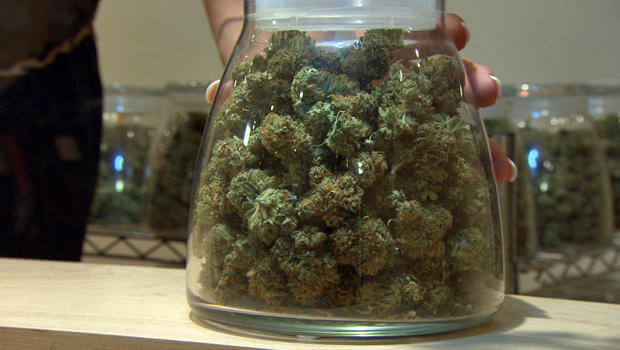It’s an information superhighway that speeds up interactions between a large, diverse population of individuals. It allows individuals who may be widely separated to communicate and help each other out. But it also allows them to commit new forms of crime.
No, we’re not talking about the internet, we’re talking about fungi. While mushrooms might be the most familiar part of a fungus, most of their bodies are made up of a mass of thin threads, known as a mycelium. We now know that these threads act as a kind of underground internet, linking the roots of different plants. That tree in your garden is probably hooked up to a bush several metres away, thanks to mycelia.
The more we learn about these underground networks, the more our ideas about plants have to change. They aren’t just sitting there quietly growing. By linking to the fungal network they can help out their neighbours by sharing nutrients and information – or sabotage unwelcome plants by spreading toxic chemicals through the network. This “wood wide web”, it turns out, even has its own version of cybercrime.
Around 90% of land plants are in mutually-beneficial relationships with fungi. The 19th-century German biologist Albert Bernard Frank coined the word “mycorrhiza” to describe these partnerships, in which the fungus colonises the roots of the plant.
Fungi have been called ‘Earth’s natural internet’
In mycorrhizal associations, plants provide fungi with food in the form of carbohydrates. In exchange, the fungi help the plants suck up water, and provide nutrients like phosphorus and nitrogen, via their mycelia. Since the 1960s, it has been clear that mycorrhizae help individual plants to grow.
Fungal networks also boost their host plants’ immune systems. That’s because, when a fungus colonises the roots of a plant, it triggers the production of defense-related chemicals. These make later immune system responses quicker and more efficient, a phenomenon called “priming”. Simply plugging in to mycelial networks makes plants more resistant to disease.
But that’s not all. We now know that mycorrhizae also connect plants that may be widely separated. Fungus expert Paul Stamets called them “Earth’s natural internet” in a 2008 TED talk. He first had the idea in the 1970s when he was studying fungi using an electron microscope. Stamets noticed similarities between mycelia and ARPANET, the US Department of Defense’s early version of the internet.
Film fans might be reminded of James Cameron’s 2009 blockbuster . On the forest moon where the movie takes place, all the organisms are connected. They can communicate and collectively manage resources, thanks to ” some kind of electrochemical communication between the roots of trees“. Back in the real world, it seems there is some truth to this.
It has taken decades to piece together what the fungal internet can do. Back in 1997, Suzanne Simard of the University of British Columbia in Vancouver found one of the first pieces of evidence. She showed that Douglas fir and paper birch trees can transfer carbon between them via mycelia. Others have since shown that plants can exchange nitrogen and phosphorus as well, by the same route.
These plants are not really individuals
Simard now believes large trees help out small, younger ones using the fungal internet. Without this help, she thinks many seedlings wouldn’t survive. In the 1997 study, seedlings in the shade – which are likely to be short of food – got more carbon from donor trees.
“These plants are not really individuals in the sense that Darwin thought they were individuals competing for survival of the fittest,” says Simard in the 2011 documentary Do Trees Communicate? “In fact they are interacting with each other, trying to help each other survive.”
However, it is controversial how useful these nutrient transfers really are. “We certainly know it happens, but what is less clear is the extent to which it happens,” says Lynne Boddy of Cardiff University in the UK.
While that argument rages on, other researchers have found evidence that plants can go one better, and communicate through the mycelia. In 2010, Ren Sen Zeng of South China Agricultural University in Guangzhou found that when plants are attached by harmful fungi, they release chemical signals into the mycelia that warn their neighbours.
Tomato plants can ‘eavesdrop’ on defense responses
Zeng’s team grew pairs of tomato plants in pots. Some of the plants were allowed to form mycorrhizae.
Once the fungal networks had formed, the leaves of one plant in each pair were sprayed with Alternaria solani, a fungus that causes early blight disease. Air-tight plastic bags were used to prevent any above-ground chemical signalling between the plants.
After 65 hours, Zeng tried to infect the second plant in each pair. He found they were much less likely to get blight, and had significantly lower levels of damage when they did, if they had mycelia.
” We suggest that tomato plants can ‘eavesdrop’ on defense responses and increase their disease resistance against potential pathogen,” Zeng and his colleagues wrote. So not only do the mycorrhizae allow plants to share food, they help them defend themselves.
It’s not just tomatoes that do this. In 2013 David Johnson of the University of Aberdeen and his colleagues showed that broad beans also use fungal networks to pick up on impending threats – in this case, hungry aphids.
Johnson found that broad bean seedlings that were not themselves under attack by aphids, but were connected to those that were via fungal mycelia, activated their anti-aphid chemical defenses. Those without mycelia did not.
“Some form of signalling was going on between these plants about herbivory by aphids, and those signals were being transported through mycorrhizal mycelial networks,” says Johnson.
But just like the human internet, the fungal internet has a dark side. Our internet undermines privacy and facilitates serious crime – and frequently, allows computer viruses to spread. In the same way, plants’ fungal connections mean they are never truly alone, and that malevolent neighbours can harm them.
For one thing, some plants steal from each other using the internet. There are plants that don’t have chlorophyll, so unlike most plants they cannot produce their own energy through photosynthesis. Some of these plants, such as the phantom orchid, get the carbon they need from nearby trees, via the mycelia of fungi that both are connected to.
Other orchids only steal when it suits them. These “mixotrophs” can carry out photosynthesis, but they also “steal” carbon from other plants using the fungal network that links them.
That might not sound too bad. However, plant cybercrime can be much more sinister than a bit of petty theft.
Plants have to compete with their neighbours for resources like water and light. As part of that battle, some release chemicals that harm their rivals.
This “allelopathy” is quite common in trees, including acacias, sugarberries, American sycamores and several species of Eucalyptus. They release substances that either reduce the chances of other plants becoming established nearby, or reduce the spread of microbes around their roots.
Sceptical scientists doubt that allelopathy helps these unfriendly plants much. Surely, they say, the harmful chemicals would be absorbed by soil, or broken down by microbes, before they could travel far.
But maybe plants can get around this problem, by harnessing underground fungal networks that cover greater distances. In 2011, chemical ecologist Kathryn Morris and her colleagues set out to test this theory.
Morris, formerly Barto, grew golden marigolds in containers with mycorrhizal fungi. The pots contained cylinders surrounded by a mesh, with holes small enough to keep roots out but large enough to let in mycelia. Half of these cylinders were turned regularly to stop fungal networks growing in them.
The team tested the soil in the cylinders for two compounds made by the marigolds, which can slow the growth of other plants and kill nematode worms. In the cylinders where the fungi were allowed to grow, levels of the two compounds were 179% and 278% higher than in cylinders without fungi. That suggests the mycelia really did transport the toxins.
The team then grew lettuce seedlings in the soil from both sets of containers. After 25 days, those grown in the more toxin-rich soil weighed 40% less than those in soil isolated from the mycelia. “These experiments show the fungal networks can transport these chemicals in high enough concentrations to affect plant growth,” says Morris, who is now based at Xavier University in Cincinnati, Ohio.
In response, some have argued that the chemicals might not work as well outside the lab. So Michaela Achatz of the Berlin Free University in Germany and her colleagues looked for a similar effect in the wild.
One of the best-studied examples of allelopathy is the American black walnut tree. It inhibits the growth of many plants, including staples like potatoes and cucumbers, by releasing a chemical called jugalone from its leaves and roots.
Achatz and her team placed pots around walnut trees, some of which fungal networks could penetrate. Those pots contained almost four times more jugalone than pots that were rotated to keep out fungal connections. The roots of tomato seedlings planted in the jugalone-rich soil weighed on average 36% less.
Some especially crafty plants might even alter the make-up of nearby fungal communities. Studies have shown that spotted knapweed, slender wild oat and soft brome can all change the fungal make-up of soils. According to Morris, this might allow them to better target rival species with toxic chemicals, by favouring the growth of fungi to which they can both connect.
Animals might also exploit the fungal internet. Some plants produce compounds to attract friendly bacteria and fungi to their roots, but these signals can be picked up by insects and worms looking for tasty roots to eat. In 2012, Morris suggested that the movement of these signalling chemicals through fungal mycelia may inadvertently advertise the plants presence to these animals. However, she says this has not been demonstrated in an experiment.
As a result of this growing body of evidence, many biologists have started using the term “wood wide web” to describe the communications services that fungi provide to plants and other organisms.
“These fungal networks make communication between plants, including those of different species, faster, and more effective,” says Morris. “We don’t think about it because we can usually only see what is above ground. But most of the plants you can see are connected below ground, not directly through their roots but via their mycelial connections.”
The fungal internet exemplifies one of the great lessons of ecology: seemingly separate organisms are often connected, and may depend on each other. “Ecologists have known for some time that organisms are more interconnected and interdependent,” says Boddy. The wood wide web seems to be a crucial part of how these connections form.


